How to hack your memory and remember everything in the world
Human memory is an amazing thing! We may remember which cartoon we watched at a kindergarten party, but we easily forget what we read about only yesterday.
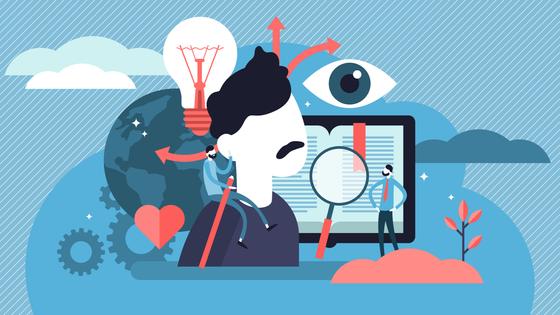
Why does this happen? Is it possible to use it to your advantage? For example, can we harness the particularities of our memory in order to speed up the learning process? You can just snap your fingers and memorize anything you want - it is truly possible! Furthermore you won't forget it years later. We just need to understand how our memory works, and hack it, the way the great scientists of the past did.
The Ebbinghaus Forgetting Curve, or Why We Forget

In fact, it's normal to forget. The possibilities of a human brain are incredible, but not limitless. We can say that forgetting is a natural cleansing of the brain from unnecessary and unused information, in order to make room for something more useful. The only problem is that for some reason our memory begins to consider very important things (like recently learned theorems or rules) unnecessary. Scientists have not yet found out exactly why this happens, but the German researcher Hermann Ebbinghaus proposed his concept of forgetting back in the XIX century.
Ebbinghaus has been studying the possibilities of human memory for many years, conducting experiments both on himself and on his students. His students had to memorize meaningless rhymes and words, try out various memorization techniques, and track what and when they started forgetting. As a result, Ebbinghaus came to very interesting conclusions: after 20 minutes, most students remembered only 60% of the memorized phrases, and after 9 hours - 40%. After a month, only 20% of what had been memorized remained. If you show this sequence on a diagram, you will get a curve going down - this is how this concept got its name: "the Ebbinghaus curve".
Ebbinghaus did not stop there in his research. He also found out that up to 80% of the memorized information is lost only if it is not regularly revisited with intervals of equal length. Also, a coherent text is remembered much more successfully than an incoherent one: an excerpt from Byron's "Don Juan", which was equal in volume to the phrases that the students had learned earlier, was forgotten twice as slowly as the incoherent phrases.
Certainly we should remember the fact that this study was conducted more than a century ago. Human memory evolves, just like the human herself, that's why today the data from the same experiment may be different. Despite this, however, there is something unshakable in the way our memory works.
Four useful facts about our memory

Fact # 1. In one sitting, a person can easily memorize 9 binary numbers, 8 decimal numbers, 7 letters of the alphabet, and 5 words. In this case, short-term memory is activated. If you need to memorize more information, our brain activates our long-term memory and begins to break the information into subgroups so that there are also a certain number of these groups - from 5 to 9. This pattern was deduced by the Harvard scientist George Miller as a result of his experiments. Therefore, it does not matter what and how long you study, the main thing is not to study information that is too different (which requires more than 9 classifications) in one sitting.
Fact # 2. According to a study by the University of California, if we compare human memory with computer memory, our memory is approximately one million GB. Thus, with due diligence, a person can store in their memory a thousand books, movies, events, rules, languages, etc. And we can remember them word by word! That's what our brain is really capable of.
Fact # 3. Human brain has about 100 billion neurons, but the number and quality of neural connections vary from person to person. That is why some easily "fill in" this one million GB of memory, while others can't even remember their friends' birthdays.
Fact # 4. Multitasking is evil. Human brain is able to focus only on four tasks at a time, including background tasks (for example, typing on the keyboard while writing an article are already two tasks). If the number of tasks exceeds four, attention begins to scatter, while the quality of work or memorization deteriorates.
Basic methods and types of memorization
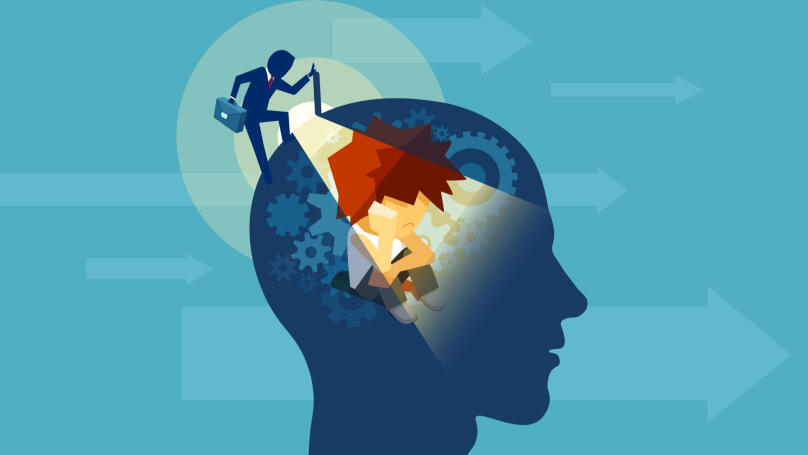
Taking into account all the above, how can we hack our memory and remember anything for any length of time? There are three main ways, which are also three basic types of memorization.
- Mechanical memorization
We are taught this method of memorization in our early childhood. It implies multiple repetitions of specific actions or specific information (in other words, cramming). Despite the fact that this method of memorization is used both at school and at university, and even in everyday life, it is considered the least effective. Its main drawback is that it requires a lot of time, but at the same time gives short-lived results. After all, what our memory clears out first of all is precisely information that is remembered mechanically.
- Mnemonic memorization
This memorization is considered one of the most effective in the world, because it gives the most durable result. It is based on already learned information, thanks to which strong neuron connections are built. Mnemonics increase the volume and speed of memorization tenfold! They can rely on consonance, visual similarity, and any other individual correlations.
To remember information by the mnemonic method, you need to associate it with a vivid image or memory with which this information can be linked. This method resembles visualization. For example, you need to remember what synonyms and antonyms are. You can imagine two girlfriends holding hands (say, yourself and your childhood friend) - these will be synonyms, because they, like girlfriends, are very close and very much alike. Antonyms are the same girlfriends, but who had a fight a week ago. You are no longer holding hands, and are sitting at the opposite ends of the bench. Therefore, antonyms are opposites.
- Analytical memorization
This method of memorization requires a complete immersion into the content and analytical thinking. It implies multi-stage work with the text, therefore this method takes the same amount of time as the first one (mechanical memorization), but gives more durable results, like mnemonics.
Analytical memorization includes:
- making a study plan for the information to memorize;
- dividing all the information into blocks and structuring it;
- determining micro subjects;
- taking notes in the process of studying;
- understanding the logical relationship between information blocks;
- using information in practice.
This method is best suited for those cases when you have to learn a fairly large amount of mainly theoretical information, as is often the case, for example, at the university.
Hack it! Systematic repetitions of Ebbinghaus

Despite the fact that mechanical repetition is the least effective way to memorize information, it is this method, if used correctly, that can help you hack your memory! This method was invented by the same Ebbinghaus who invented the forgetting curve.
So, as we found out, the information begins to gradually fade from memory 20 minutes after we absorb it. Therefore, you need to break up your sequence of repetitions in such a way that the deleted fragments of information are immediately "pasted back" to their place. In the 70s, psychologists Thomas Landauer and Robert Bjork tested the Ebbinghaus repetition system on a group of students and confirmed a positive result - even after a year, students remembered about 95% of the information. So what does this system look like?
Information repetitions should be carried out strictly at certain intervals of time, namely in the following sequence:
- the first repetition takes place immediately after the memorization;
- the second repetition takes place 10-15 minutes after the first one;
- the third repetition - 10 hours after the second one;
- the fourth repetition - a day after the third one;
- the fifth repetition - 3-5 days after the fourth one (from this stage onward, the "deep" assimilation of information begins, in case you want to remember something forever);
- the sixth repetition - two weeks after the previous one;
- the seventh repetition - two months later.
However, it is worth noting that this method has proven its effectiveness in memorizing rules, formulas, words, etc., that is, structured information of not excessive volume. As for the study of more complex and multi-level subjects, other types of memorization may be required here for support. For example, mnemonics or the Feynman model.
Feynman's Mental Model

Richard Feynman is a physics genius, a Nobel laureate, and one of the creators of the atomic bomb in Los Alamos. He also did research in the field of biology, which allowed him to develop a mental model for optimizing his own learning and development. Feynman derived the principles of this model when he was a student at Princeton. As rumor has it, it was his mental model that allowed Feynman to get straight As at all the exams. Feynman even had a special notebook for this, which he called "A notebook of things I don't know about".
The point of the model is to write down what you don't know next to what you already know. In fact, this model is based on the same mnemonic type of memorization. This is what you need to do when you need to remember something new very well (you will also need a notebook for this):
- Write down on paper everything that you already know about the chosen subject.
- Highlight the gaps in this knowledge, which should be filled with new information (information you need to learn).
- Read the new information and write it down in simple terms next to what you have already written. You can do this on the next page or immediately between the lines, thereby filling in the gaps both literally and visually displaying the relationship between your new and old knowledge.
- On a separate page, combine your old knowledge and your new knowledge, creating a coherent story. For example, imagine that you need to thoroughly explain this subject to your friend.
- Read the resulting coherent text several times. Then do it again and try to repeat it from memory.
All done! Now you can remember anything and for any length of time. But remember that any methods are always especially effective as a group: they can be combined or alternated. And it all depends on every individual case! Take into account the peculiarities of your own memory, your biorhythm, your usual channels of studying information, and try different techniques. After all, our memory is just a chest that can contain anything. You just need to find the key to it!
Share this with your friends via:
Latest News
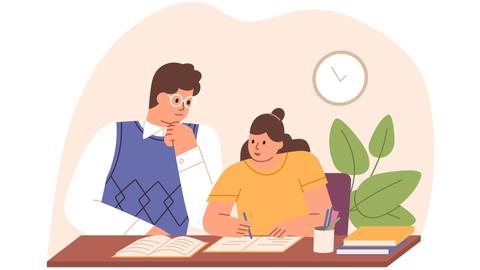
A significant stage in the development of the alternative education system has begun in West Northamptonshire in the UK: the County Council is actively calling on parents, guardians, and trustees to participate in shaping the future of this key area.

Outwoods Primary School in Atherstone, Warwickshire, having experienced deep sadness after the loss of their famous cat, Silla, has found solace in a new pet – a Maine Coon named Aloysius O’Hara.
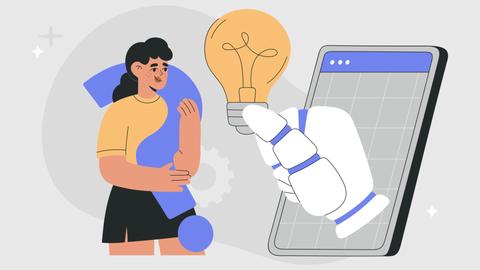
In modern universities, artificial intelligence, and in particular ChatGPT, is rapidly transforming from a controversial tool into a full-fledged student assistant.
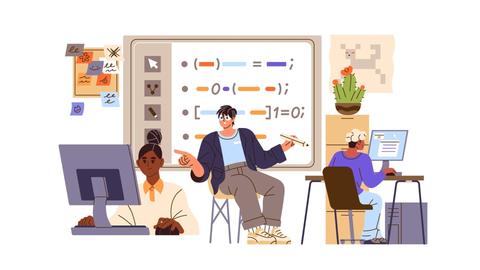
An innovative educational project is gaining momentum in UK primary schools, aiming to change attitudes towards video games.

The Massachusetts Institute of Technology (MIT) presents MIT Learn – a revolutionary online platform that opens a “new front door” to access university knowledge and resources.












 Mental Traps That Are Easiest to Fall Into During Winter
Mental Traps That Are Easiest to Fall Into During Winter
 Life After the Holidays: How to Beat the Post-New Year Blues
Life After the Holidays: How to Beat the Post-New Year Blues
 Which Christmas Movie Character Are You?
Which Christmas Movie Character Are You?
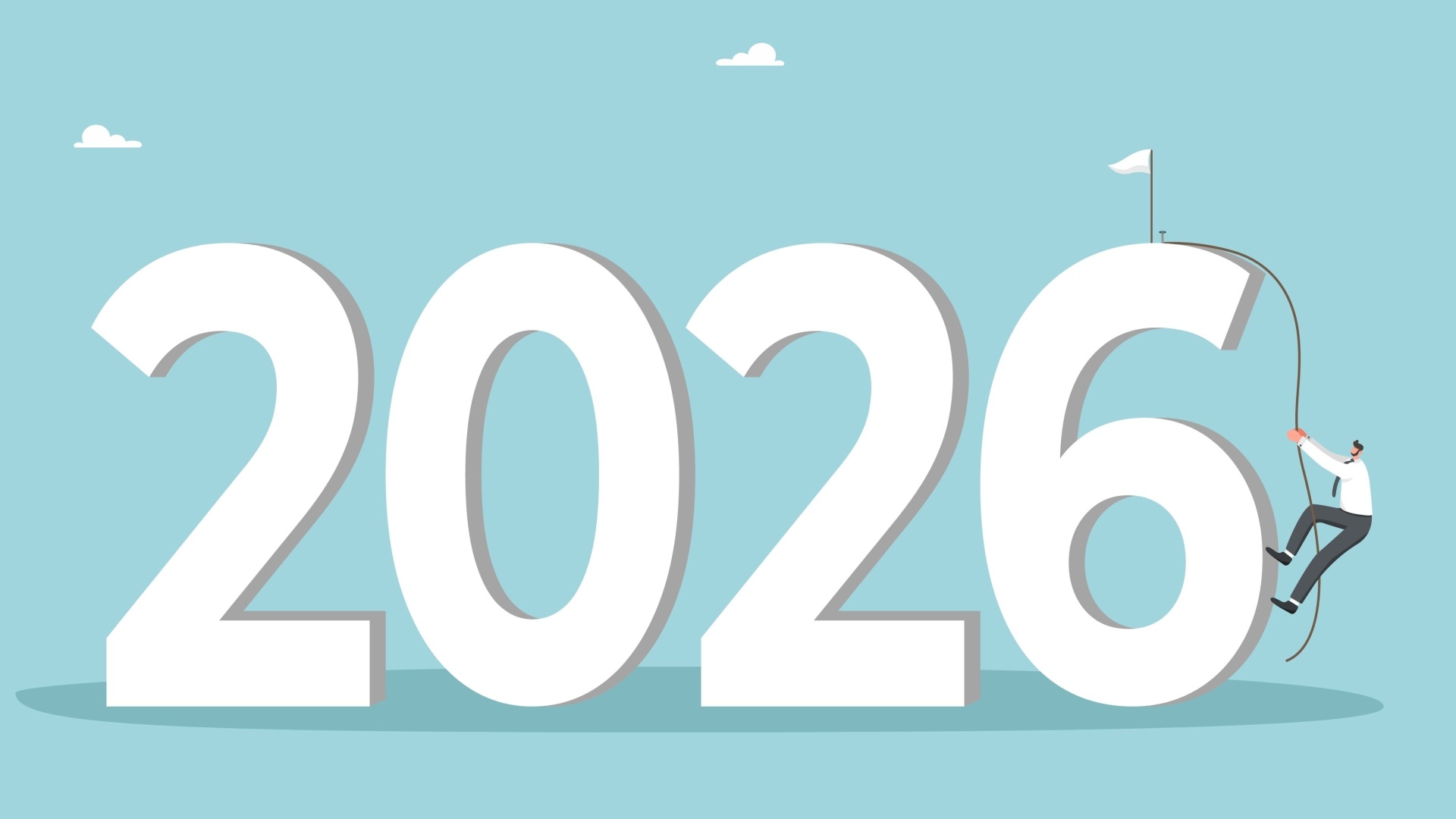 Test. What Career Goal Should You Set for Next Year?
Test. What Career Goal Should You Set for Next Year?
 Your New Year’s Forecast: What Awaits You in the New Year?
Your New Year’s Forecast: What Awaits You in the New Year?
 Test. Which New Year Archetype Are You?
Test. Which New Year Archetype Are You?
